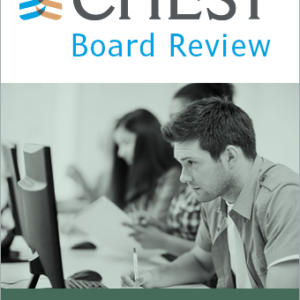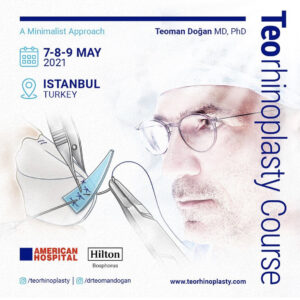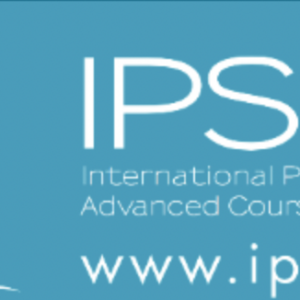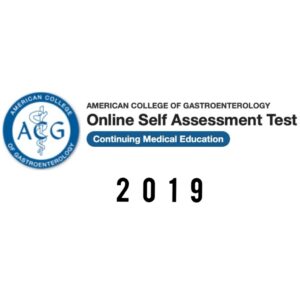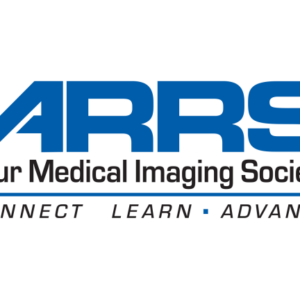The Art and Science of Extended Deep Plane Facelifting and Complementary Facial Rejuvenation Procedures
Dr. Jacono’s new book: The Art and Science of Extended Deep Plane Facelifting and Complementary Facial Rejuvenation Procedures offers the practical clinical guidance and tested rejuvenation techniques that you need for your facial aesthetic practice. Facial aging involves complex, multifactorial three-dimensional changes that are often inadequately addressed by traditional surgical approaches. This book provides solutions to these aging problems with a total approach to facial rejuvenation.
In his exciting new book, Dr. Jacono fully describes the extended deep plane facelift technique that he has developed and performed successfully on over 2,000 patients. This technique uses composite deep plane flap shifts to create volumetric changes in the midface and jawline where facial atrophy occurs. Differing from lateral approaches to the SMAS, the extended deep plane facelift both enters the subSMAS plane and suspends it anteriorly, providing biomechanical advantage in elevating medial facial ptosis.
The book is divided into two sections. Part I focuses exclusively on the extended deep plane facelift and includes four comprehensive chapters. The initial chapter details the rationale behind this technique along with its safety and effectiveness. The next two chapters focus on surgical anatomy of the face and neck and the anatomic changes associated with face and neck aging.
The fourth and longest chapter in the book is devoted to the extended deep plane facelift technique. It provides a step-by-step description of this technique and its impact on the midface, lower face, jaw, and neck:
- In the Midface, the extended deep plane facelift provides a biomechanical advantage in lifting medial facial ptosis. Release of four key retaining ligaments in the face and neck is integral to this procedure; a detailed step-by-step description of the surgical techniques for approaching the zygomatic osseocutaneous, masseteric cutaneous, mandibular cutaneous, and cervical retaining ligaments is provided.
- Jawline Definition is often lost with aging, creating jowls that blunt anterior jawline definition, and involutional changes along the posterior jawline that make it appear truncated. A youthful jawline has a smooth convexity from the chin to gonial angle. Unique to the extended deep plane approach is creation of a composite rotational flap to revolumize the posterior jawline, creating greater rejuvenation.
- Neck Rejuvenation. Because the neck is the area most predisposed to failure after facelift, Dr. Jacono addresses treatment of the neck in great detail. He presents a novel platysma hammock technique that has proved successful in addressing neck rejuvenation. This technique has four critical maneuvers: 1) Release of the cervical retaining ligaments that limit redraping of the platysma, 2) Platysma flap elevation medially to the anterior border of the submandibular gland, 3) Platysma myotomy inferior to the mandibular border to the fascia overlying the submandibular gland, and 4) Fixation of platysma hammock to the SCM/mastoid fascia.
This chapter beautifully demonstrates the extended deep plane facelift technique with patient photos and elegant medical illustrations to help the reader understand the general surgical maneuvers as well as the nuanced procedures that make this deep plane technique so successful. The chapter concludes with a series of long-term results demonstrating the stability and effectiveness of this technique over time.
Part II: Ancillary Procedures for Comprehensive Facial Rejuvenation contains seven chapters that address different surgical and nonsurgical techniques to enhance facelift results. Topics covered include:
- Indications for opening the midline neck, techniques for platysma fixation, and treatment of the subplatysmal contents, including the submandibular gland.
- Forehead and browlift using traditional and endoscopic approaches.
- Advanced techniques for volume preservation and augmentation blepharoplasty.
- Perioral rejuvenation, one of the most critical and often untreated areas in aging face surgery (with special focus on subnasal lip lifts, SMAS lip augmentation, nanofat, and more).
- When, where, and how to employ volumization with autologous fat grafting.
- How to safely combine skin resurfacing during facelift surgery, including lasers, chemical peels, and dermabrasion to treat what surgery cannot.
The eleventh chapter discusses secondary facelift cases and special challenges, offering analysis of difficult problems encountered and creative approaches to treatment and improvement.
THIS BOOK IS A MUST-HAVE FOR ALL FACELIFT SURGEONS
Over 500 pages with approximately 800 color photos and illustrations. Includes 2 cases with over 6 hours of operative video. Published 2021.
